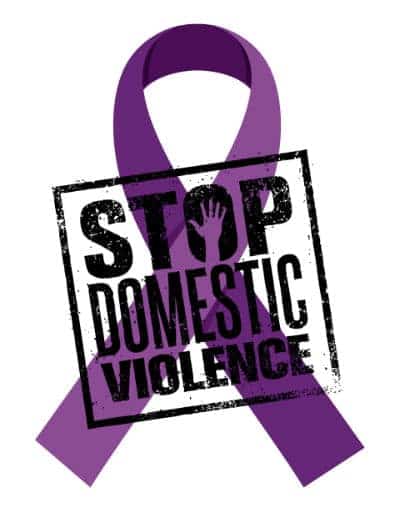Half of birth defects are preventable

While different birth defects have different causes, some of these causes remain unknown. And so January has been declared National Birth Defects Prevention Month – a time when nurses and health promoters raise awareness and teach people more about birth defects, the causes and how to prevent them.
Recent statistics show that as many as one in 15 babies in South Africa is affected by birth defects, with up to 70% of birth defects being treatable or preventable.
Genetics
According to professional nurse Nosisa Mdunyelea from Ntabankulu Health Center in the Eastern Cape, some of these birth defects will be extremely minor, while some can mean big problems.
“Some families often have babies with an extra small finger on the side of their hand, which is a minor thing. A bigger problem is when the baby’s spinal cord doesn’t develop normally and the resulting birth defects can cause the baby to be paralysed,” she said.
Mdunyelwa said there were many causes of birth defects. “While some birth defects are caused by genetics, others can be caused by environmental exposure such as a mother’s medical condition when it involves something like diabetes or an infection,” she said.
Risk
Pregnant women who are at a higher-than-normal risk of having a child with a birth defect are those who lack folic acid, drink excessively, smoke, use drugs, take heavy medication or who suffer an infection.
Mdunyelwa said health care providers diagnose birth defects in babies through prenatal screenings. A diagnosis of a birth defect will depend on the specific problem suffered by the mother. She said pregnant women were advised to stop drinking and to be careful of any medicines they take.
The National Birth Defect Prevention Programme encourages women to make healthy choices that increase their chances of having a healthy baby and to prevent defects by avoiding harmful substances, choosing a healthy lifestyle and talking to their doctor. – Health-e News.
An edited version of this story was published by Health24.
Author
Republish this article
This work is licensed under a Creative Commons Attribution-NoDerivatives 4.0 International License.
Unless otherwise noted, you can republish our articles for free under a Creative Commons license. Here’s what you need to know:
You have to credit Health-e News. In the byline, we prefer “Author Name, Publication.” At the top of the text of your story, include a line that reads: “This story was originally published by Health-e News.” You must link the word “Health-e News” to the original URL of the story.
You must include all of the links from our story, including our newsletter sign up link.
If you use canonical metadata, please use the Health-e News URL. For more information about canonical metadata, click here.
You can’t edit our material, except to reflect relative changes in time, location and editorial style. (For example, “yesterday” can be changed to “last week”)
You have no rights to sell, license, syndicate, or otherwise represent yourself as the authorized owner of our material to any third parties. This means that you cannot actively publish or submit our work for syndication to third party platforms or apps like Apple News or Google News. Health-e News understands that publishers cannot fully control when certain third parties automatically summarise or crawl content from publishers’ own sites.
You can’t republish our material wholesale, or automatically; you need to select stories to be republished individually.
If you share republished stories on social media, we’d appreciate being tagged in your posts. You can find us on Twitter @HealthENews, Instagram @healthenews, and Facebook Health-e News Service.
You can grab HTML code for our stories easily. Click on the Creative Commons logo on our stories. You’ll find it with the other share buttons.
If you have any other questions, contact info@health-e.org.za.
Half of birth defects are preventable
by Asavela Dalana, Health-e News
January 31, 2019



